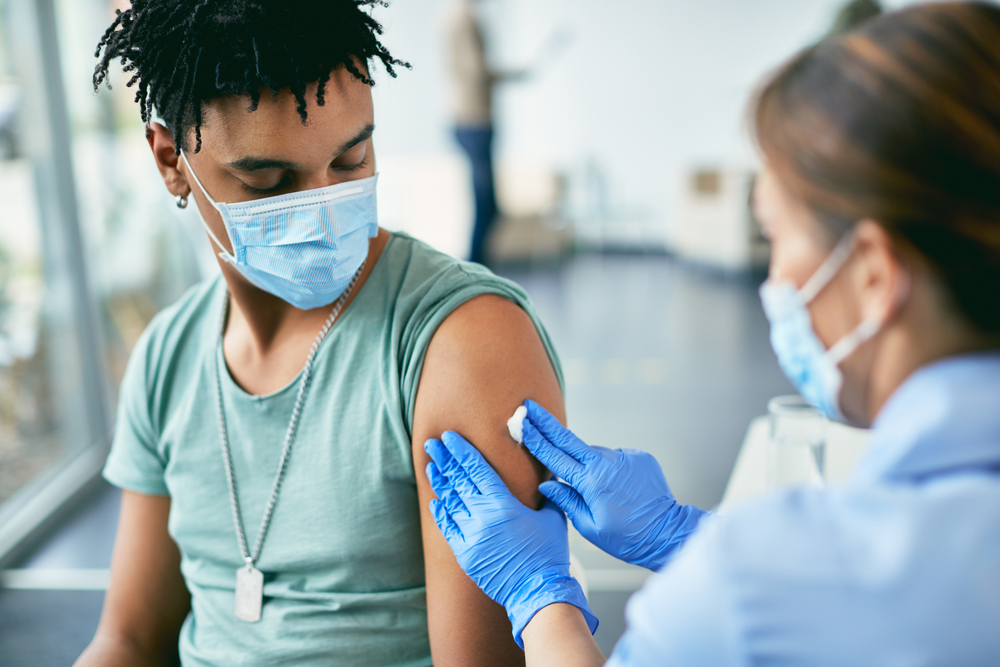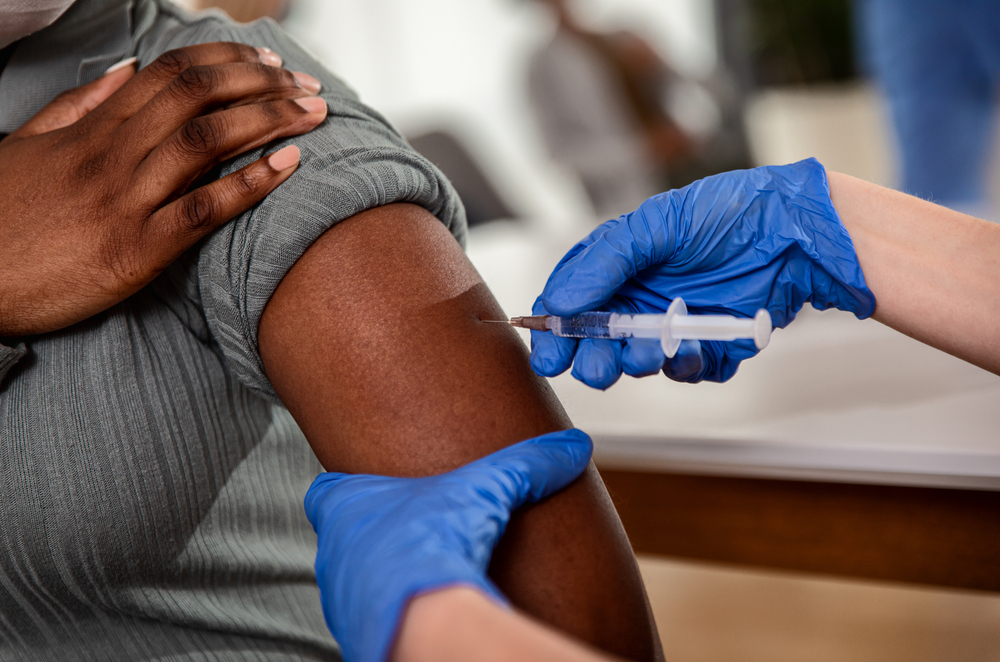Inequalities in coverage of COVID-19 vaccination: A population register based cross-sectional study in Wales, UK
5 January 2022

Overview
With some ethnic minority groups and areas of deprivation suffering higher levels of severe outcomes from COVID-19, it is all the more important to ensure equitable access to, and uptake of, vaccines across the whole of society. This study of more than 1.25 million people aged 50 and over living in Wales, demonstrated that vaccine uptake was significantly lower in some populations. The findings provide strong evidence for the need for surveillance and targeted interventions to ensure the vaccination programme reaches all social groups equally.
The challenge
Before the pandemic, staff at Public Health Wales were aware of potentially lower levels of vaccine uptake in more deprived areas and among ethnic minorities. These were often groups with existing health inequalities. The emergence of COVID-19 then saw some ethnic minority groups suffering disproportionately high levels of hospitalisation. It also brought reports from frontline health workers of relatively low uptake of COVID-19 vaccines in some groups. Research was needed to quantify the issue so the health service and policymakers could take action. For this to happen significant work was needed to address a shortage of data on patients’ ethnicity.
The solution
Research was carried out to identify differences in uptake between ethnic groups over the first five months of the mass vaccination programme. The newly developed Ethnicity Spine, which supplements census information with around 20 other electronic health record (EHR) datasets, was used to address the shortage of ethnicity information. The analyses were carried out using the Secure Anonymised Information Linkage (SAIL) Databank, hosted by Swansea University, as part of the Con-COV project. The work was supported by HDR UK by a team including Malorie Perry, Public Health Wales Senior Epidemiologist and PhD student at Swansea, and the findings were published in Vaccine.
Impact and outcomes
The paper presents data as at mid-April 2021. First dose uptake in the overall cohort was 92.1% with significant differences between ethnic groups:
- White 94.1%
- Black 73.9%
- Asian 85%
- Mixed 82.5%
- Other 75.6%
The analyses allowed for a further breakdown of results, for example, by location – showing that coverage was lower in more deprived areas, males and urban areas.
The team now produces regular equality reports and have found that despite an initial narrowing of the coverage gap, this has begun to off, particularly in the older age groups.
They believe that further research is now needed into the reasons for the gap and that special consideration should to be given to certain groups, perhaps different approaches to vaccination invitations and access to more suitable vaccination venues.
Mrs Perry believes there is a strong case for further research into COVID-19 vaccine equity given the high level findings from this analysis and in particular the need to provide data at lower level ethnic groupings. .
It is hoped that the research can in future be extended to look at other issues such as flu vaccinations and childhood immunisation.
Impact Committee
The HDR UK Impact Committee chose this paper for its excellence, significance, originality and rigour. And for it’s role in identifying equity gaps in COVID-19 vaccination.
Contact
Malorie at Malorie.Perry@wales.nhs.uk



